After completing the Shikoku Pilgrimage in 2016, I walked the Kohechi route of the Kumano Kodō, a series of ancient pilgrimage trails that crisscross the Kii Peninsula in Japan.
These sacred trails have been in use since the 10th century and are used for the pilgrimage to the Kumano Sanzan (熊野三山) or the Three Grand Shrines of Kumano: Kumano Hongū Taisha (熊野本宮大社), Kumano Nachi Taisha (熊野那智大社) and Kumano Hayatama Taisha (熊野速玉大社).
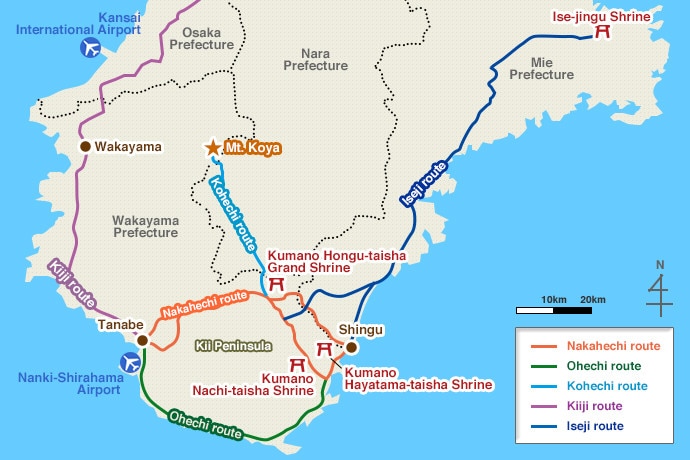
Four years later in late September 2020, I made it back to tackle the ~170km Ise-ji (伊勢路) trail which hugs the east coast of the peninsula connecting Ise City with Shingu.
While not a rugged or remote as the Kohechi, the Ise-ji offers some incredible mountain passes, ocean views, villages lost in time, and fresh seafood to be enjoyed.
For anyone considering planning a similar trip, Craig Mod’s ‘Ise-ji: Walk With Me‘ is a fine resource filled with lots of local colour and useful advice. If I were to walk it again, I would probably skip days 1, 2, and 7 since they are mostly spent walking along roads. Luckily there is a train line and buses that run parallel to the whole trail so there are plenty of opportunities if you want to selectively skip some parts. Your feet and knees might thank you!
While Japan hasn’t been hit as badly by COVID-19 as other countries it was still a strange and unique time to be travelling. Given the low numbers of infections at the time and that most people seemed to be taking sensible precautions we felt that an outdoor walking holiday was fairly low risk.
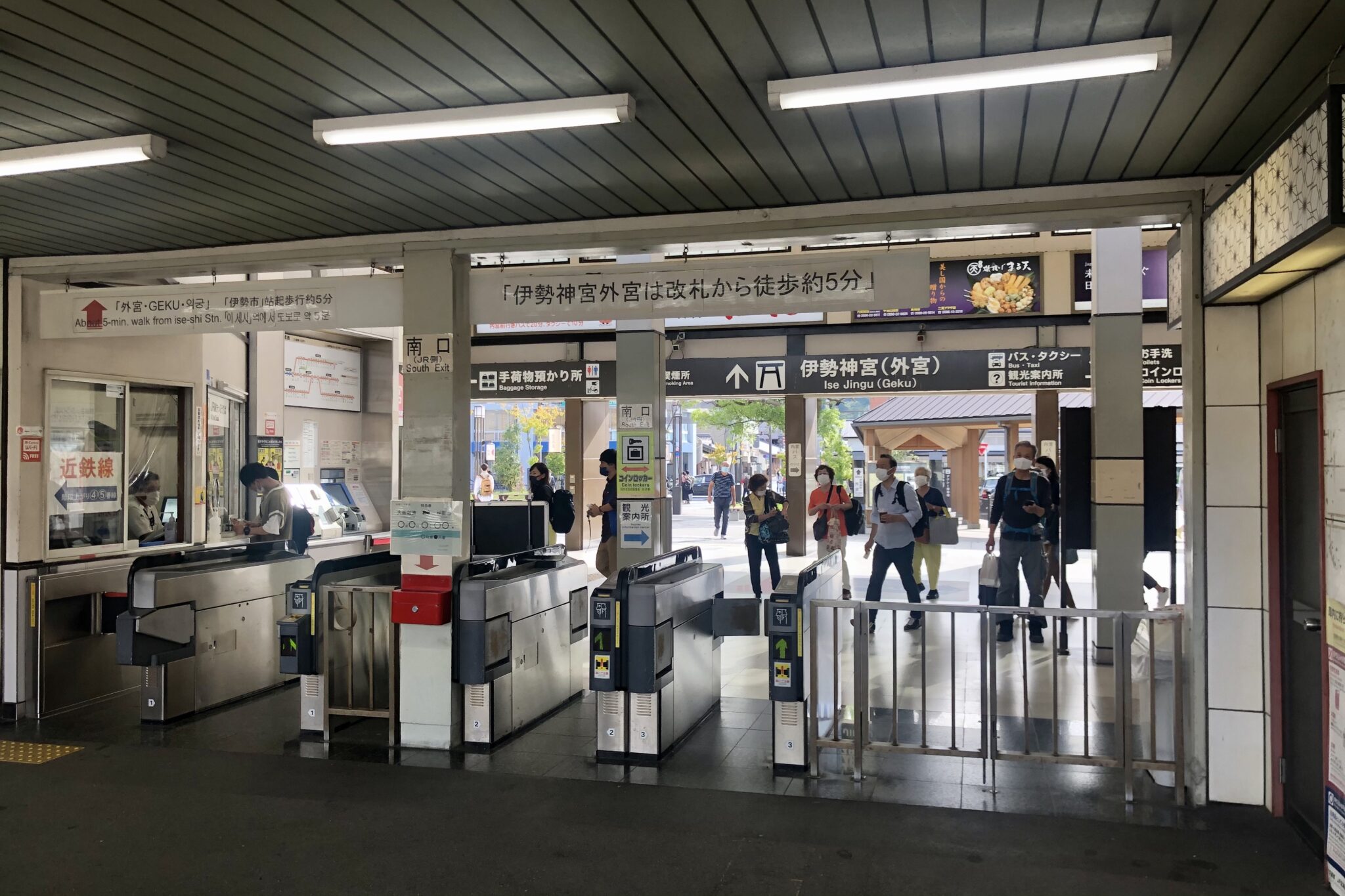
Reaching Ise City from home was a straightforward train journey from Tokyo to Nagoya by Shinkansen and then a local train along the coast to Iseshi Station (伊勢市駅), taking around 4 hours.
Ise Jingu Naiku (伊勢神宮 内宮)
Arriving shortly after 3 pm, we left our bags at our accommodation then took a bus to our first port of call on the pilgrimage; Ise Grand Shrine.
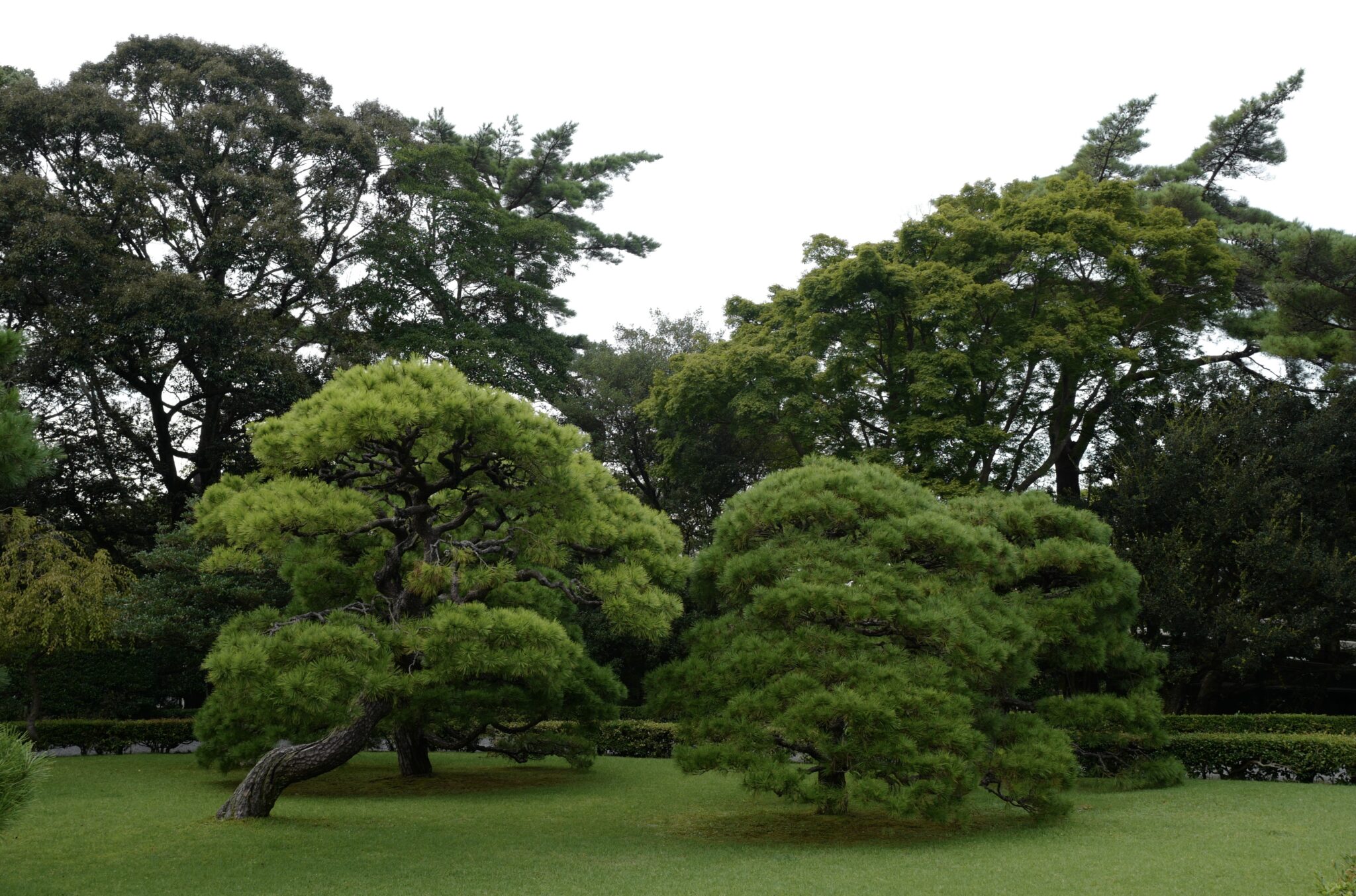
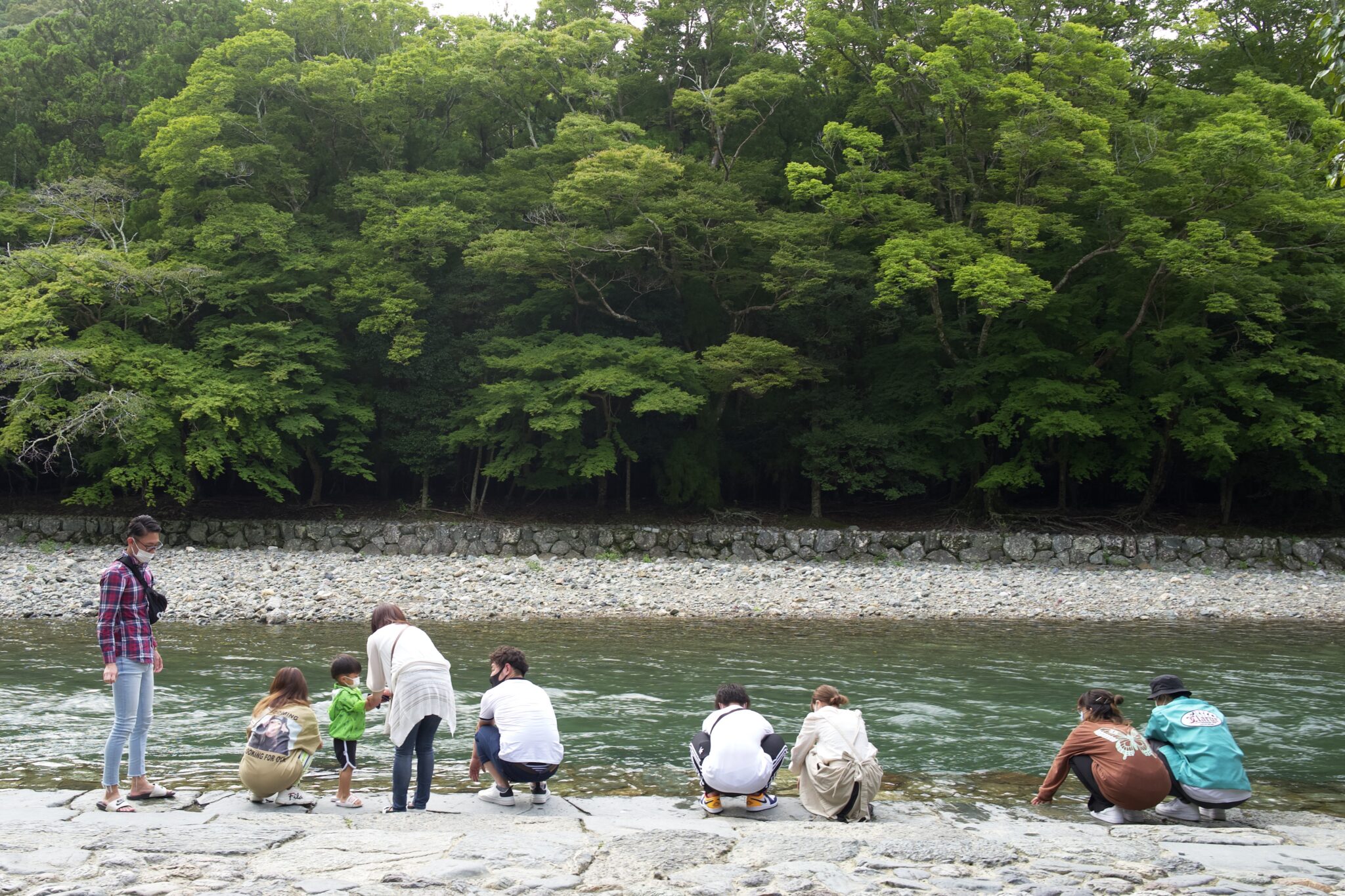
Known simply as Jingū (神宮), Ise Jingū is a complex composed of many Shinto shrines centred on two main shrines, Naikū (内宮) and Gekū (外宮). The Outer Shrine, Gekū, is located in central Ise while the Inner Shrine, Naikū, is located six kilometres to the south.
The shrine buildings (not pictured) are made of solid cypress wood and use no nails in their joinery. They use a special architectural style called Yuitsu-shinmei-zukuri (唯一神明造) which replicates the architectural features of early rice granaries. The old shrines are dismantled and new ones built on an adjacent site to exacting specifications every 20 years at exorbitant expense, so that the buildings will be forever new and forever ancient and original.
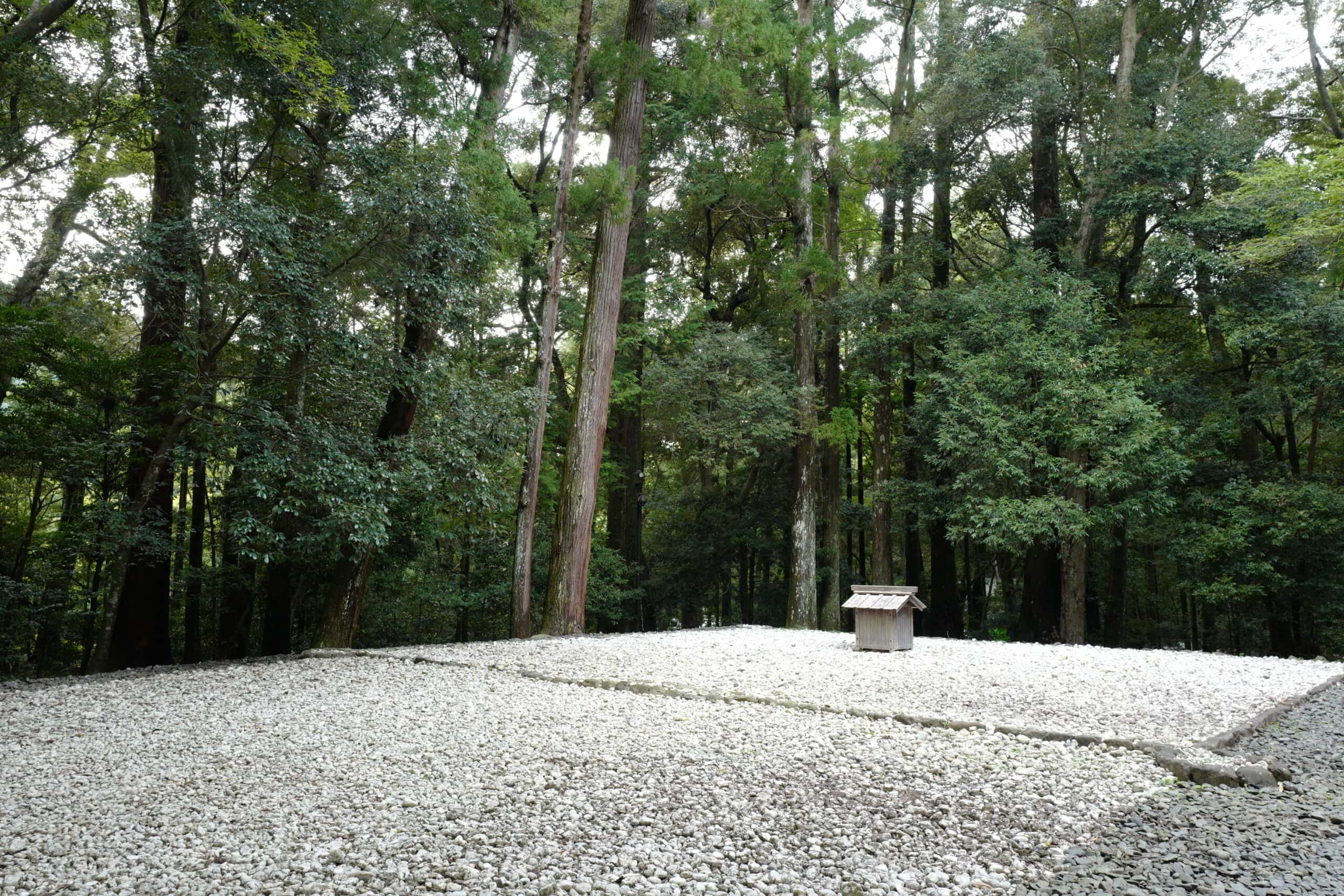
The empty site beside the shrine building where the previous shrine once stood and where the next will be built, is called the kodenchi. This area is strewn with large white pebbles and is left totally empty apart from the oi-ya, a small wooden hut containing a wooden pole a little over 2 metres in height. When a new shrine is built, it is built around the sacred central pole before the removal of the oi-ya, so that the central pole is never seen.
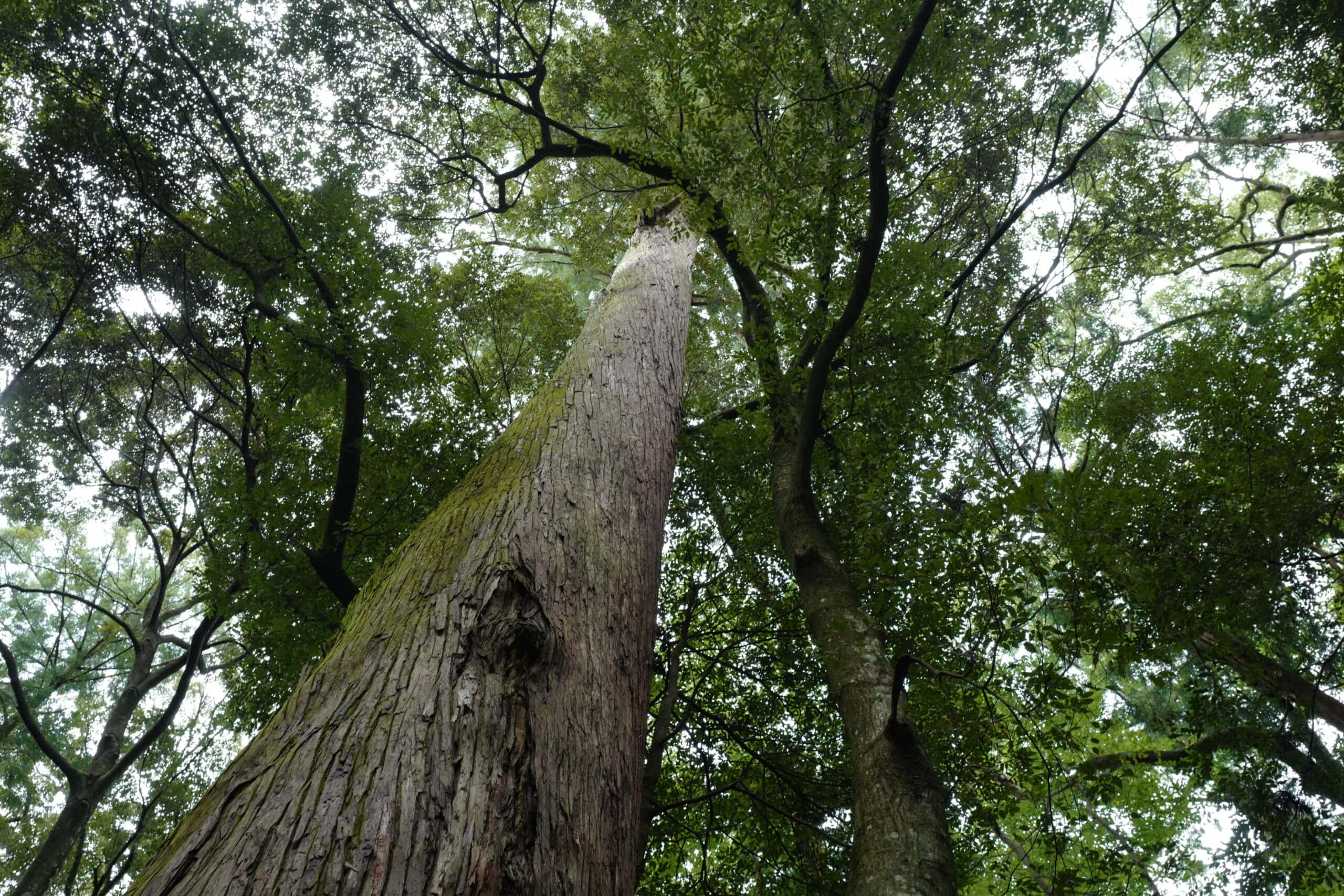
Oharai-machi (おはらい町)
After enjoying the tranquil grounds of Ise Jingū, we wandered down Oharai-machi, a street near the entrance to the Naiku shrine which replicates an Edo era district.
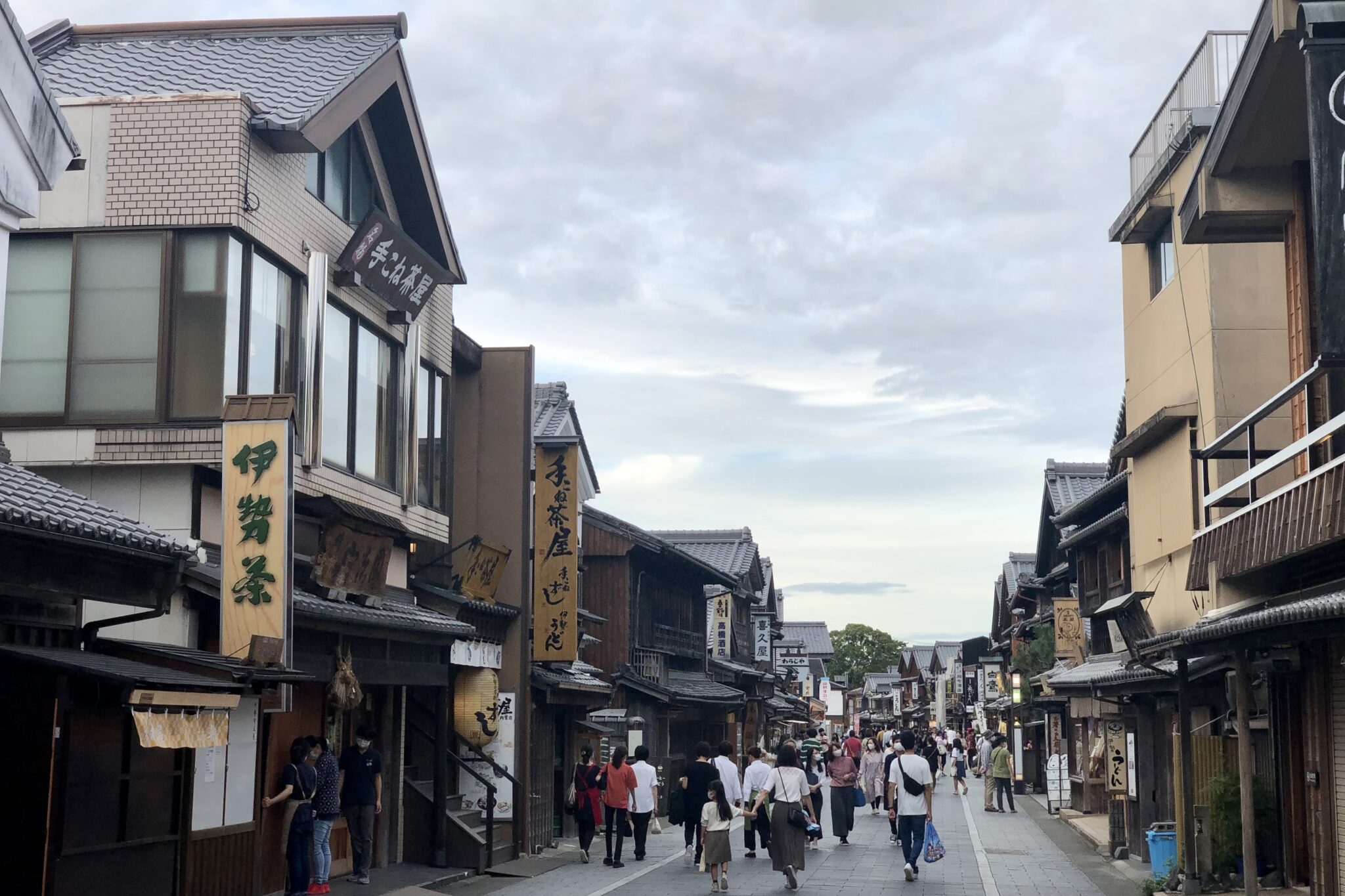
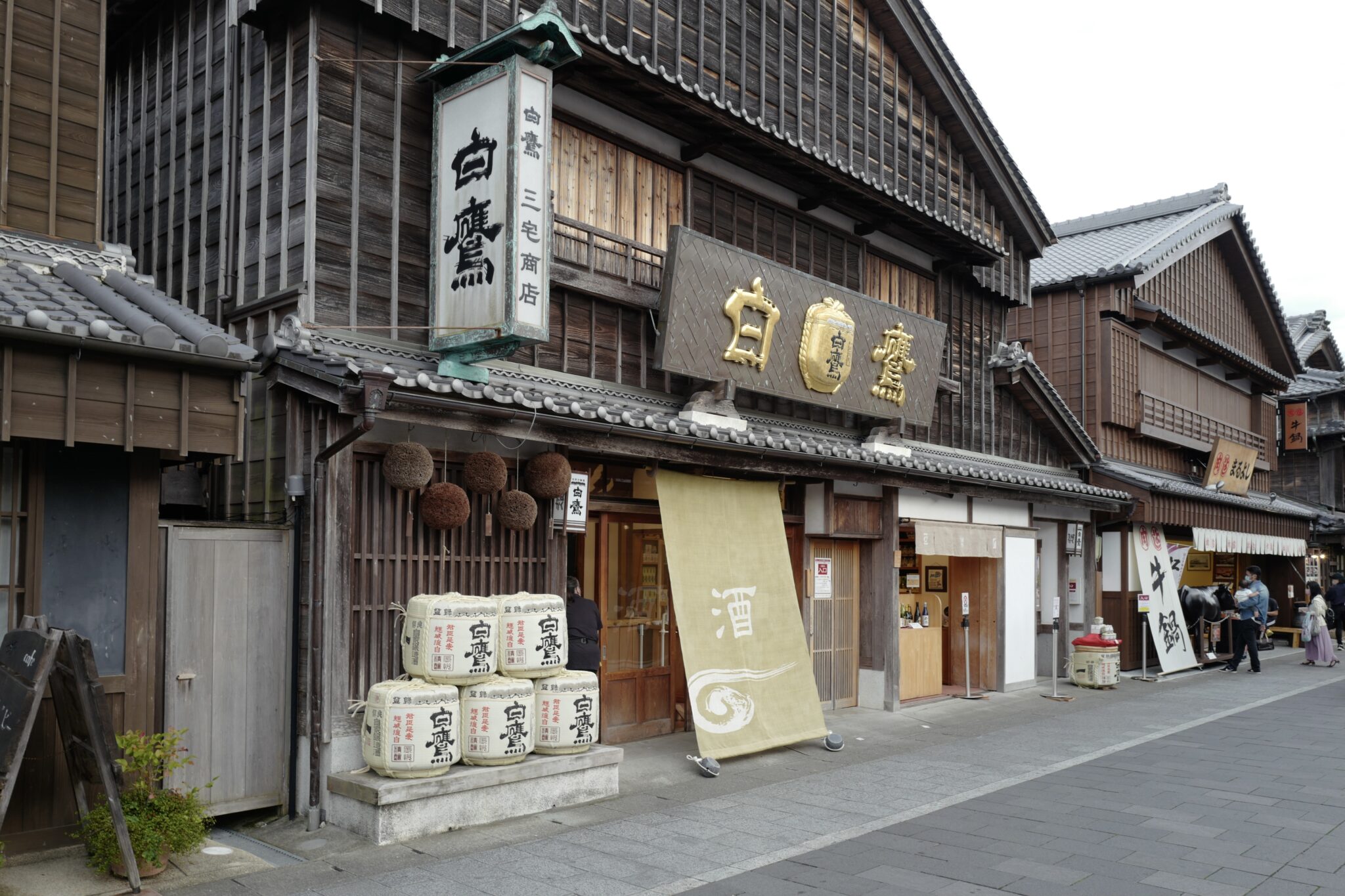
There are plenty of traditional sweet shops and restaurants along the street but they were already closing up for the day at 5 pm when we passed through.
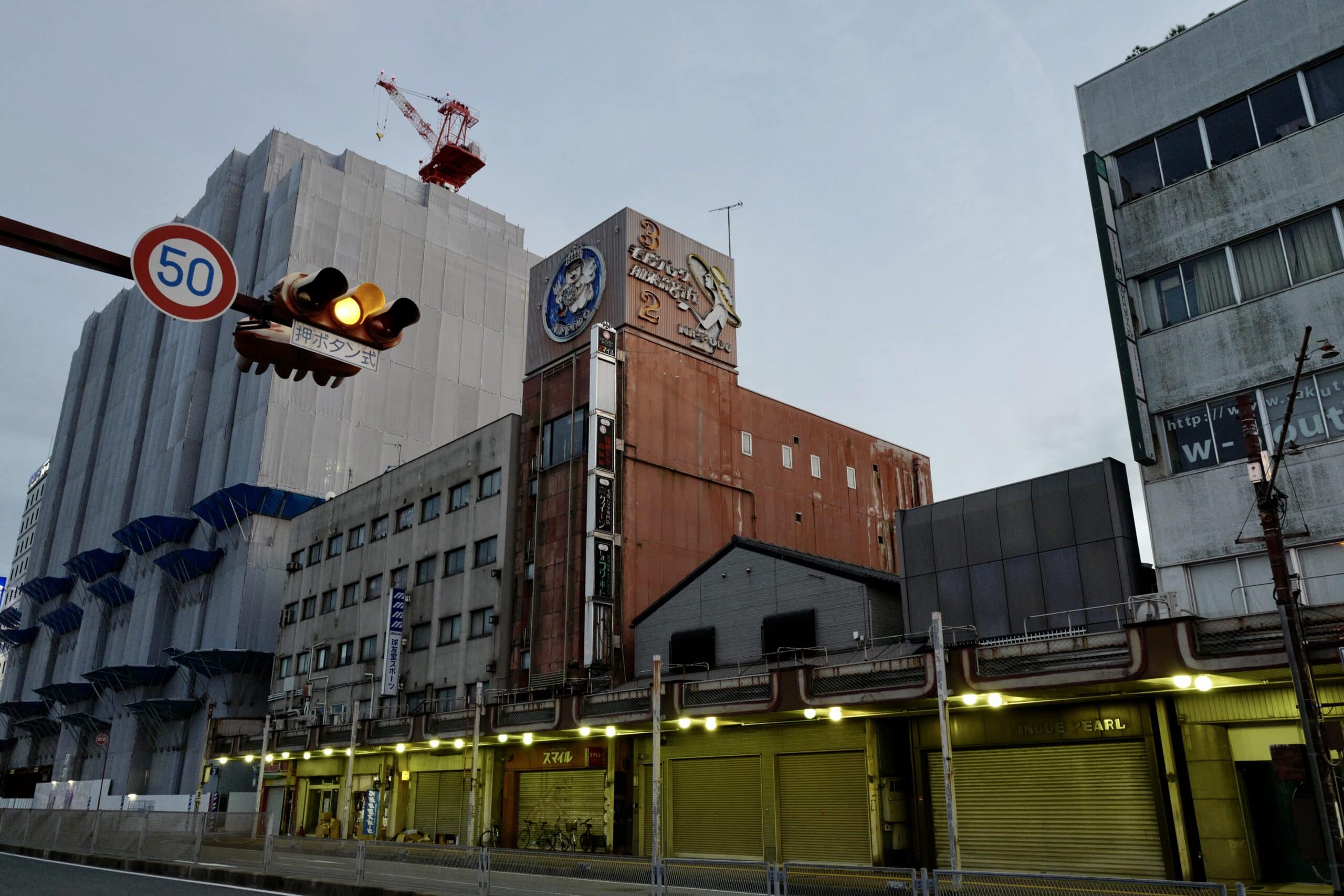
We made out way back to central Ise before finding somewhere to eat dinner. Perhaps due to the relative lack of tourists at this time, it was a bit hard to find somewhere which was open. We ended up eating at a Chinese restaurant.
Retiring to bed shortly afterwards, our guesthouse turned out to be a really nice place newly built from Japanese cedar and cypress.
Information
- Accommodation nearby:
- Ise Guesthouse Kazami (風見荘) – where I stayed
- Sanco Inn Ise Station (三交イン 伊勢市駅前)
- Comfort Hotel Ise (コンフォートホテル伊勢)
- See Google Maps for more options

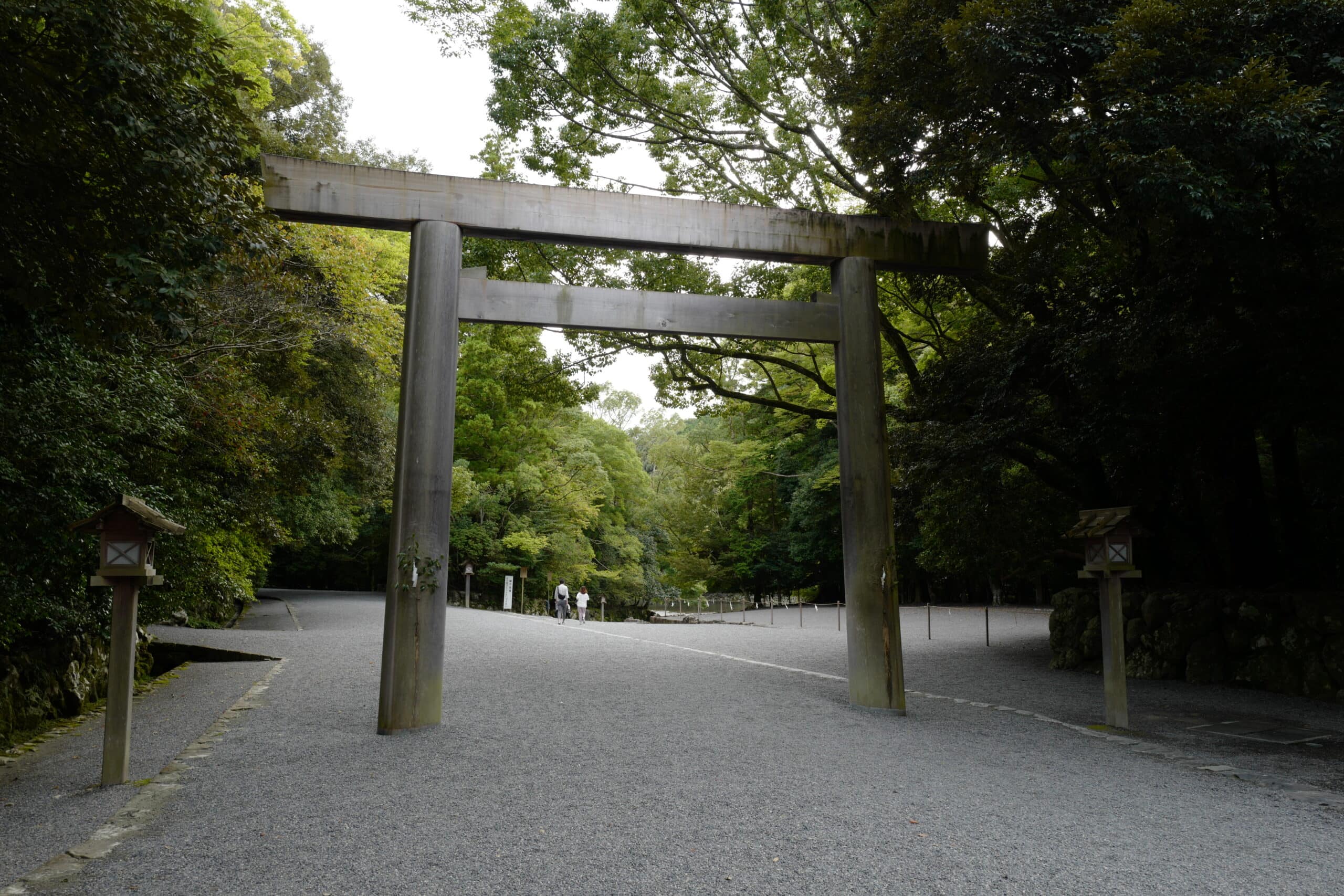
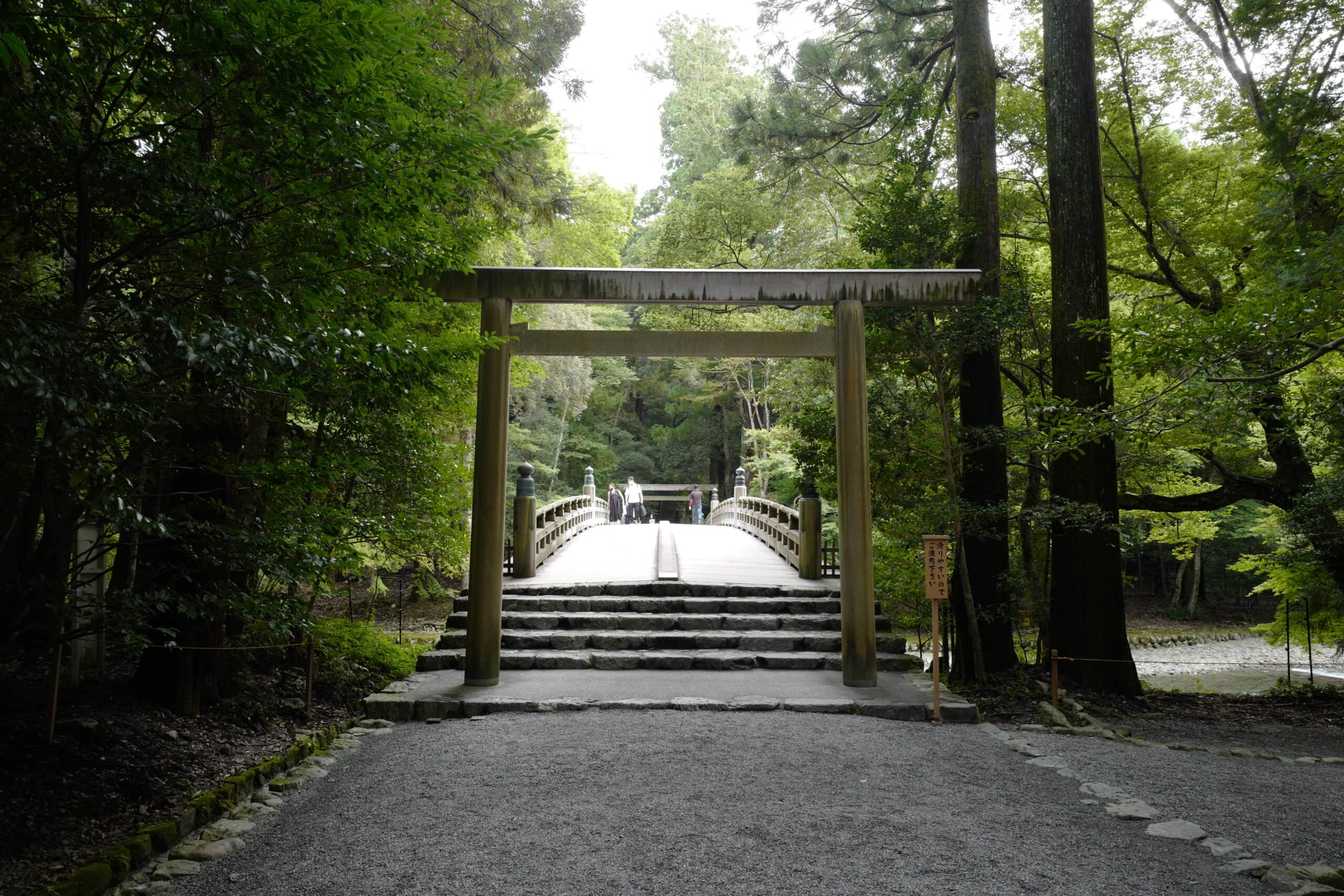
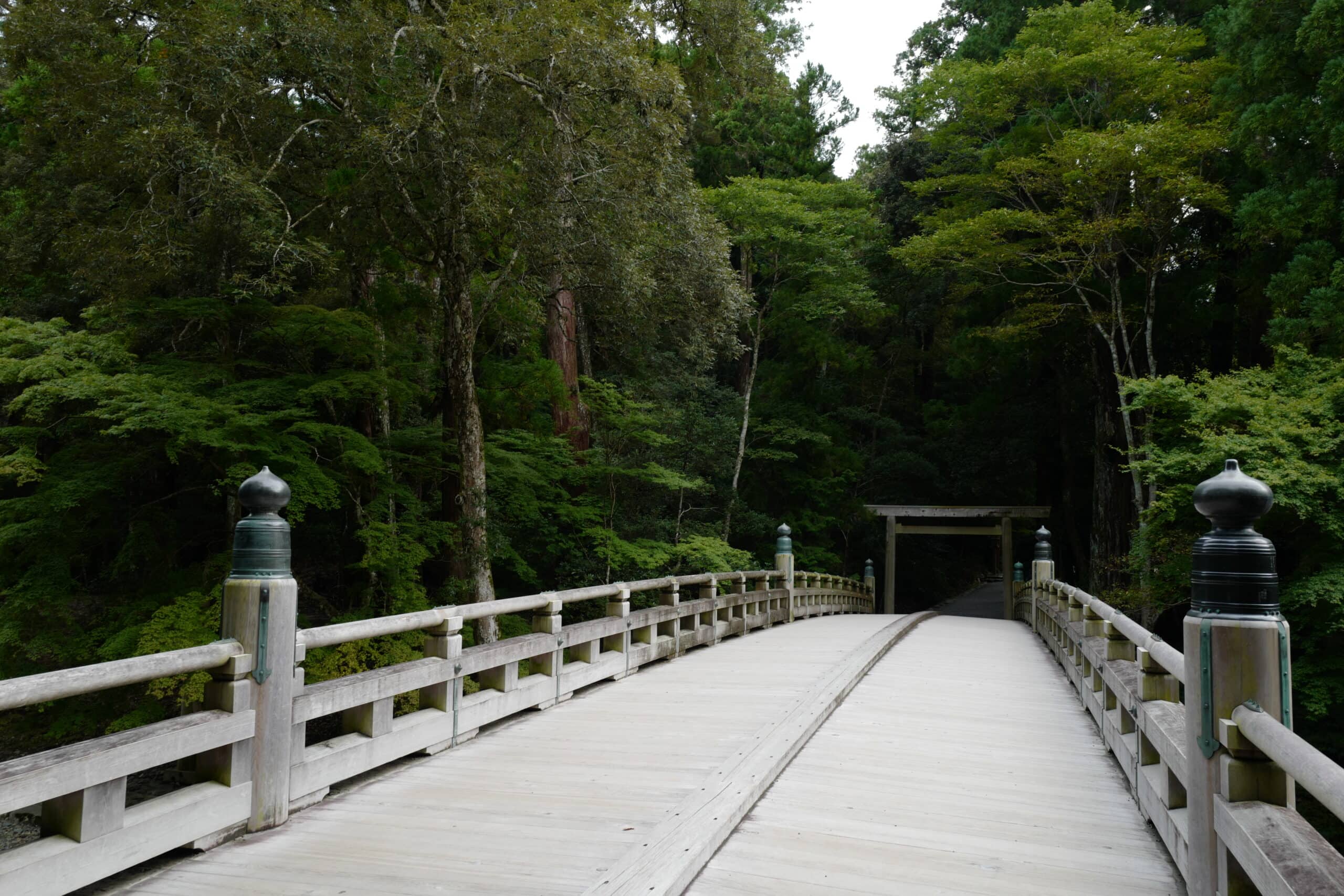
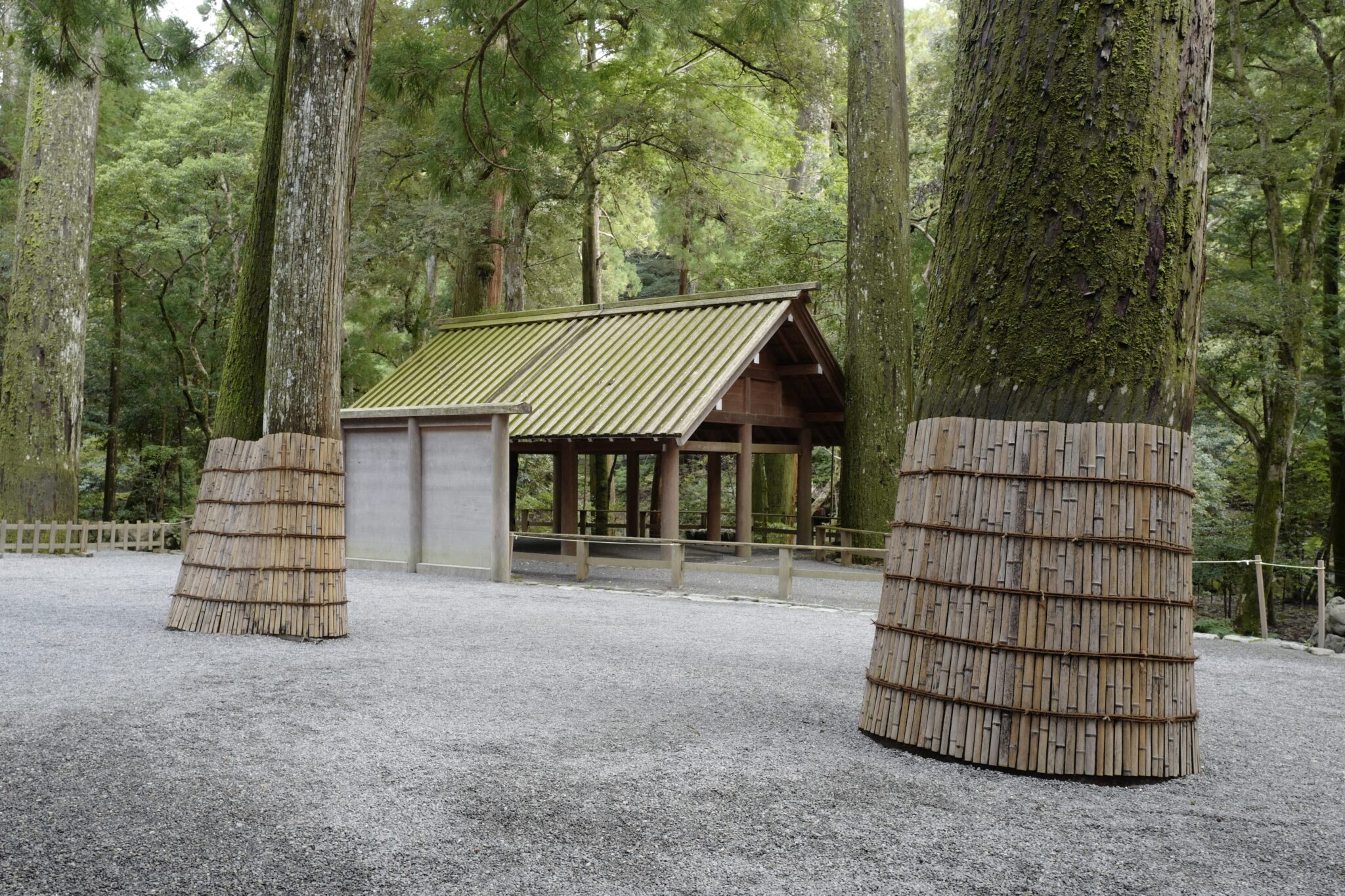
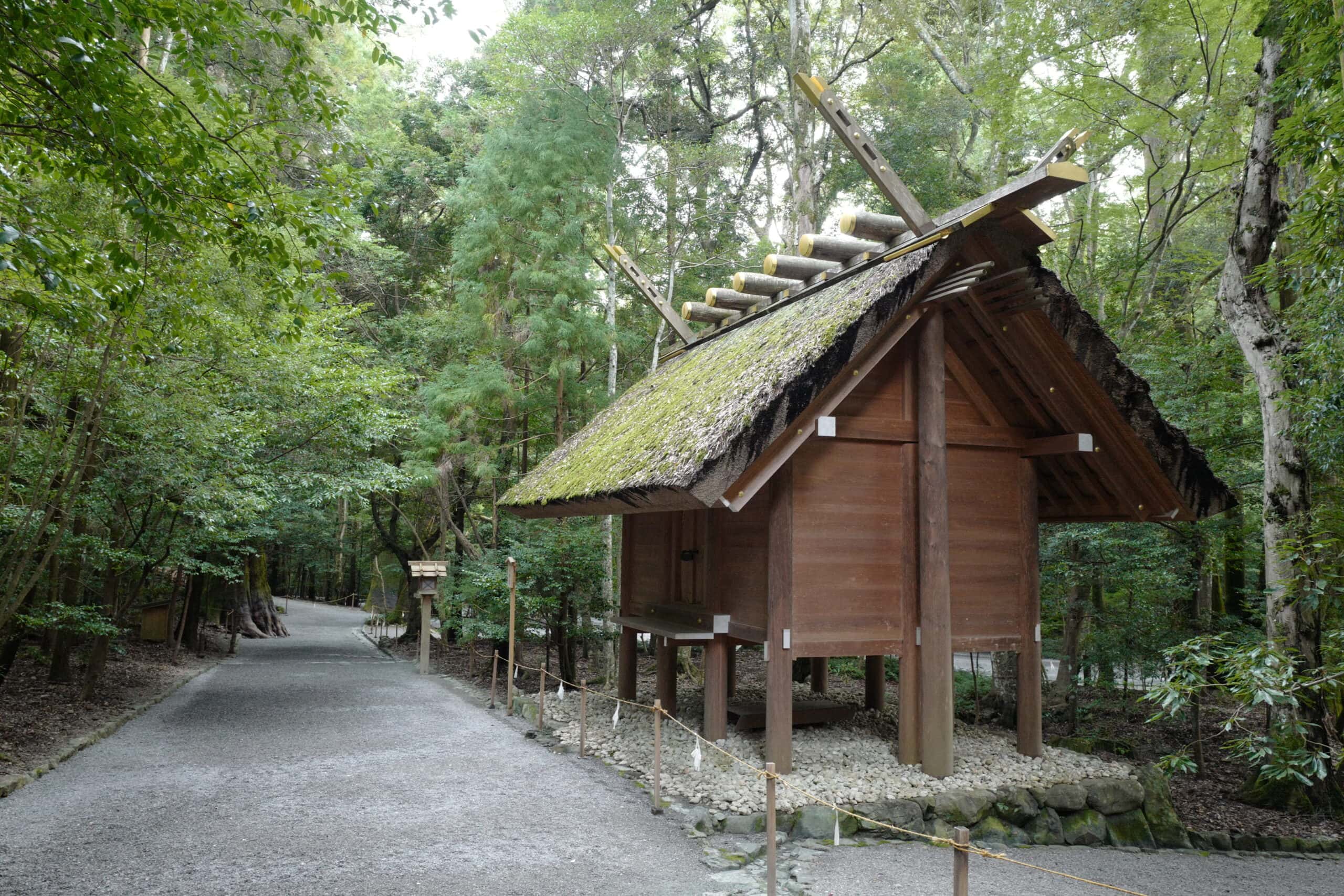
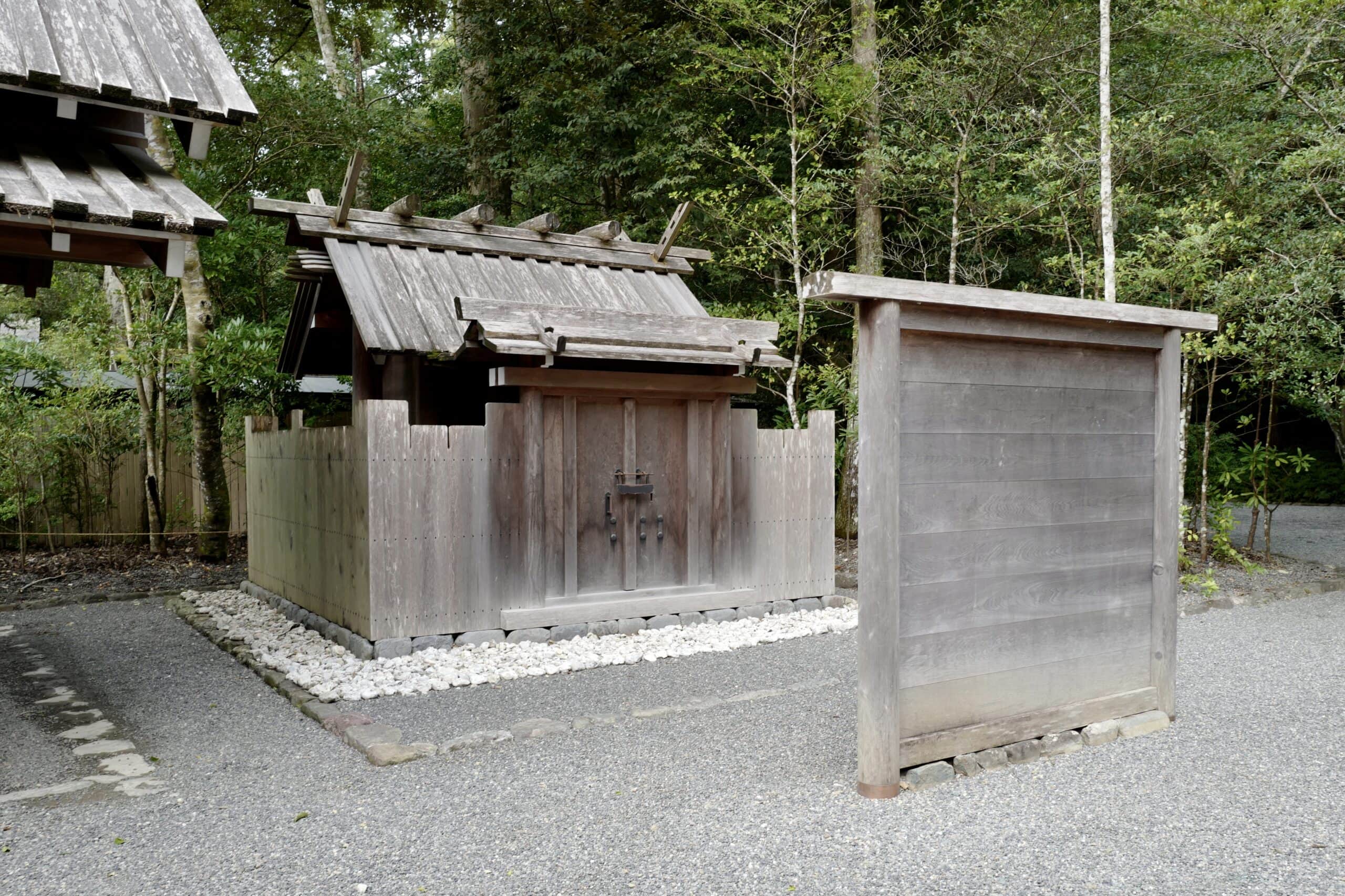
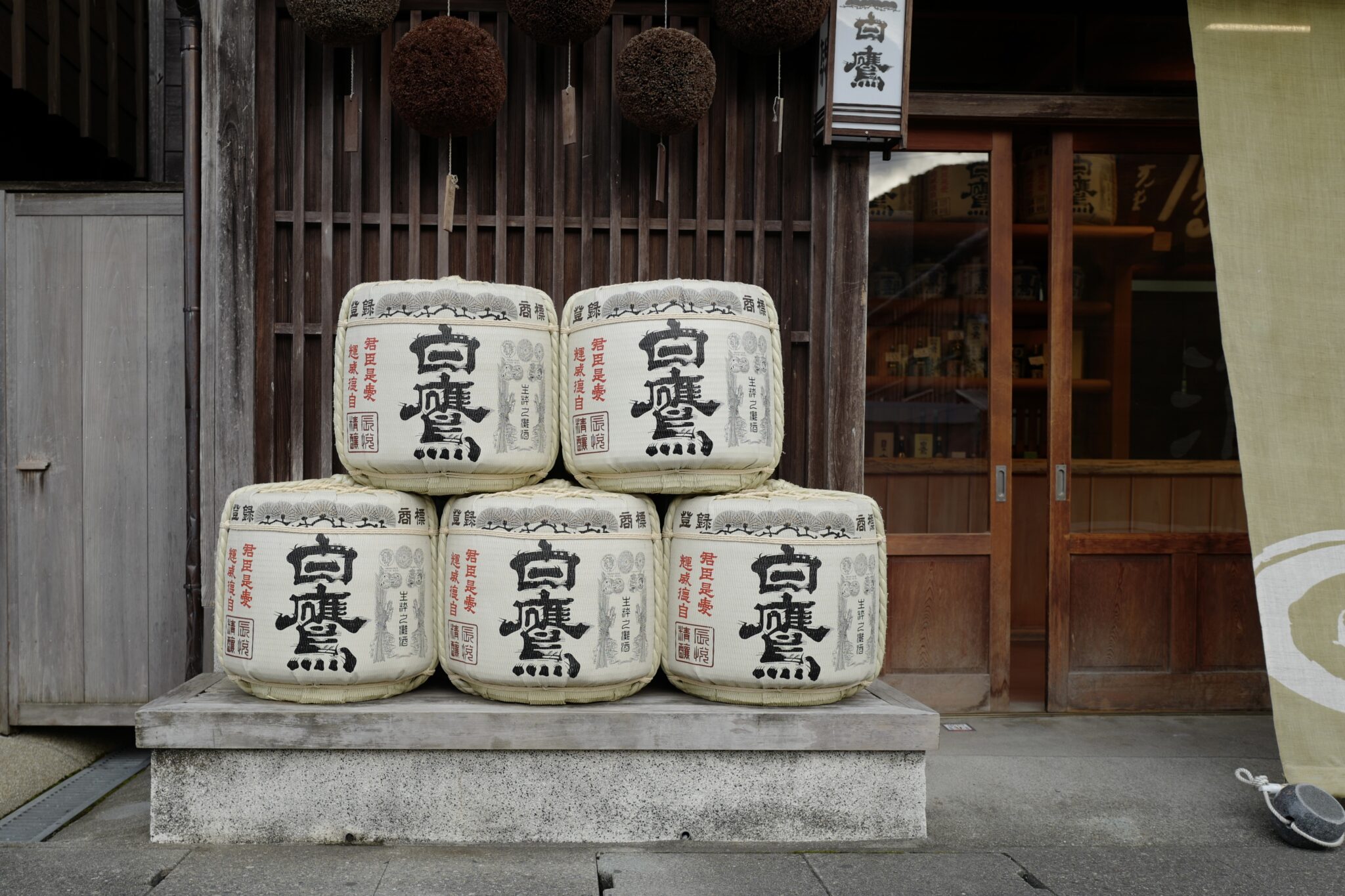
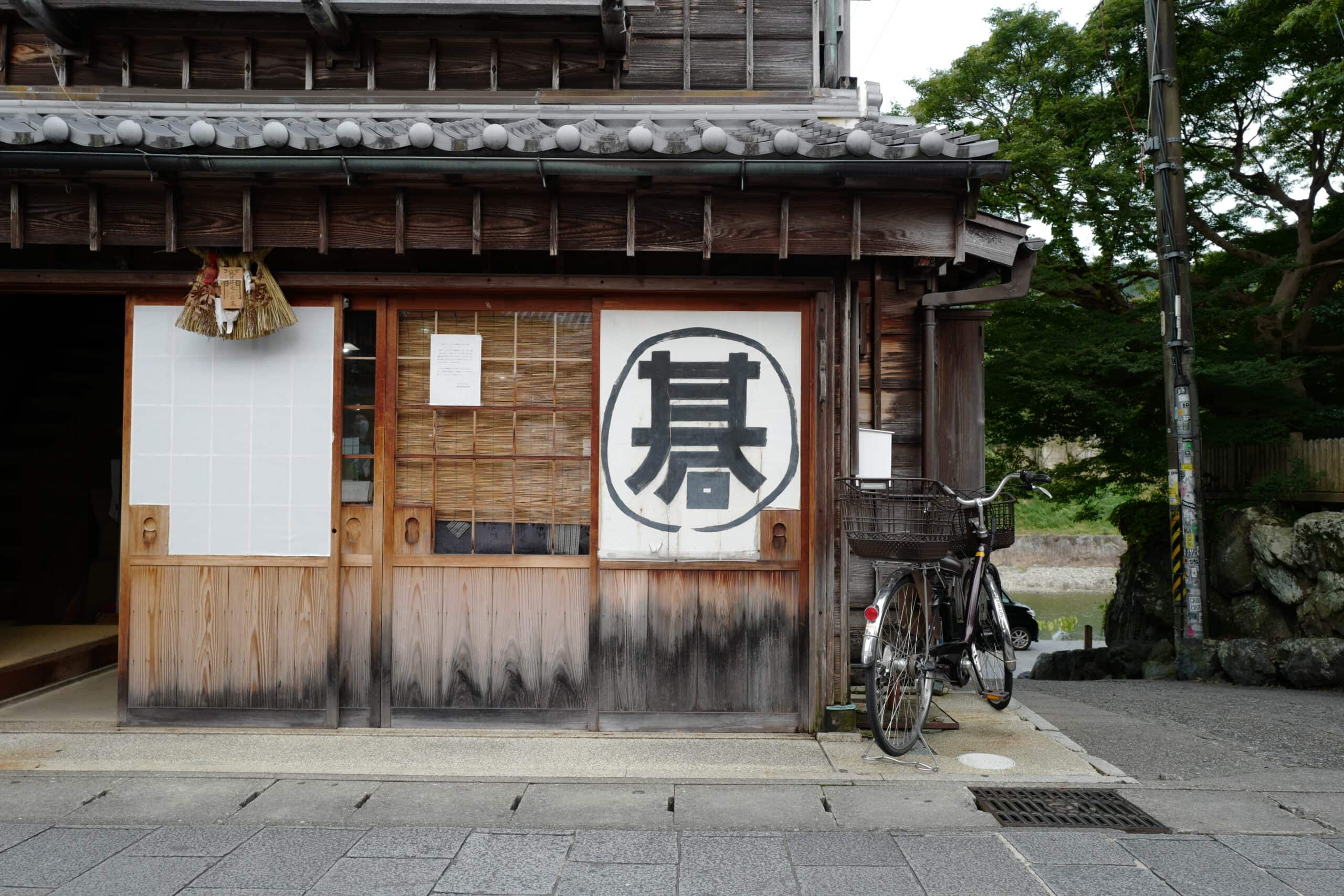
Reply